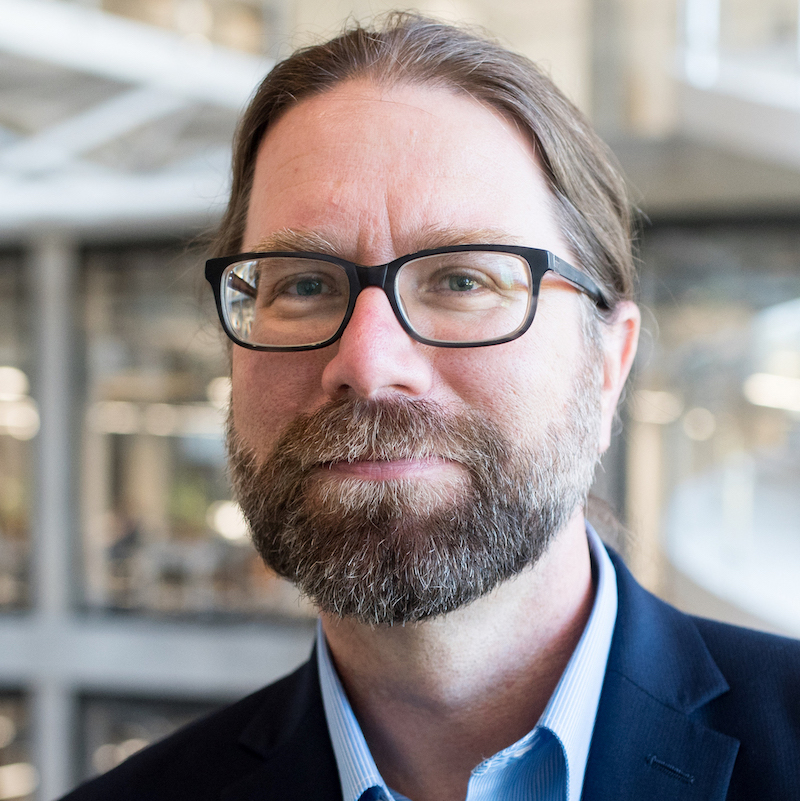
For most college students today, working—at least part-time—is the new normal. There are about 14 million working learners nationwide, who work at least part-time while enrolled in higher education, according to a recent report from Georgetown University’s Center on Education and the Workforce.
But working while in college still presents enormous challenges for a generation of students who face the sometimes painful cost-benefit analysis of deciding between pursuing their educational goals and earning an income. This is something I understand personally because, while you may not suspect it about me as a university dean with a chemical engineering degree, I dropped out of college and later became a working learner myself.
In 1988, after completing my associate’s degree at my local community college, and while working to self-fund my education, I enrolled at the University of Florida. After one short academic year, I failed out after finding myself among hundreds of students in massive undergraduate lectures. Feeling dispirited, I moved back to my hometown of Bradenton, Florida, and took an hourly job at a local plant nursery. After seeing that this job wasn’t leading anywhere, I realized I needed to make a change.
So I leveraged my associate’s degree started working as a quality assurance technician at a Tropicana juicing and bottling facility, then one of the largest employers in Bradenton. Seeing the real-world application of chemical engineering, and receiving encouragement from my mentor, inspired me to go back to school. This led me to enroll in part-time evening and distance learning classes at the University of South Florida. Eventually, I restarted my studies full time—and this time, I finished. I concurrently earned my bachelor’s and master’s degree in chemical engineering, eventually completing my doctorate in the same field.
My winding path of educational and professional experiences has led me to a rewarding career in adult and continuing education and workforce development. Today, I’m focused on solving for the challenges of students whose experiences look much like my own. While success can sometimes be born out of failure, colleges and universities cannot rely on this as an operating principle to keep pace with the growing number of working learners who we will enroll.
More than 40% of full-time college students and 80% of part-time students also hold a job, with significant numbers working full-time jobs. Also, undergraduates from underserved communities are more likely to work. The pandemic, the tight labor market and inflation have almost certainly encouraged more college students to work for pay because jobs are so plentiful at the moment.
How can higher ed help?
As a first step, institutions must recognize that the promise of completing a degree for its own sake is insufficient for working learners. They increasingly want to know their degree will translate into career and economic opportunities as soon as they graduate and over the long term.
College confidence: Why 40% of students are thinking about withdrawing
Colleges and universities must develop more sophisticated relationships with companies so they can keep pace with the sometimes ephemeral demands of the modern labor market. Institutions must design programs that also blend academic and technical instruction and integrate nationally portable and industry-recognized credentials that have real value in the workplace.
Working learners also need flexible alternatives to traditional academic models and schedules. In my case, I started the road back to a bachelor’s degree by enrolling in distance learning courses. But like many college students, I was still working full time. There was never enough time in the day to do everything that school and work demanded of me. Nontraditional term structures, competency-based learning, and high quality online education can help close this gap.
To respond to the fluid schedules and complex needs of working students, Institutions must prioritize flexibility with course and program modalities that work for the learner. Degree programs must have multiple on- and off-ramps that can help students earn credentials more quickly and return to school more easily whenever they need to acquire new skills. Colleges must embrace the imperative of lifelong learning—not a one-and-done exercise but rather something that students “weave” in and out of many times over the course of their lives.
Economic factors of student success
For many students, the financial and economic equation of working while in college too often doesn’t add up. Increased federal, state and institutional student aid can help. One recent study suggests that students who receive additional financial aid were less likely to work or worked fewer hours each week. In some cases, students said the supplemental income money meant they didn’t have to pull morning or overnight shifts that can interrupt personal time and class attendance.
In order to be fully dedicated to the support of positive student outcomes, institutions should also consider establishing emergency aid funds to help students with unanticipated expenses, such as medical expenses, transportation, childcare and other basic needs. Because so many college students live on the financial edge, even a relatively small grants can help to cover un-budgeted life events. And this can make the difference between staying on track or stopping out.
Most students today have a college experience that requires them to integrate work and learning. We need to stop thinking about work as a deficit and instead redesign higher education as an experience that helps students harmonize education, work and family—instead of pitting them against each other.
Eric Roe is the dean of the College of Professional Studies at National University. He was previously the assistant dean of continuing education at the Cockrell School of Engineering at the University of Texas at Austin and the director of applied technology at Polk State College in Florida.








